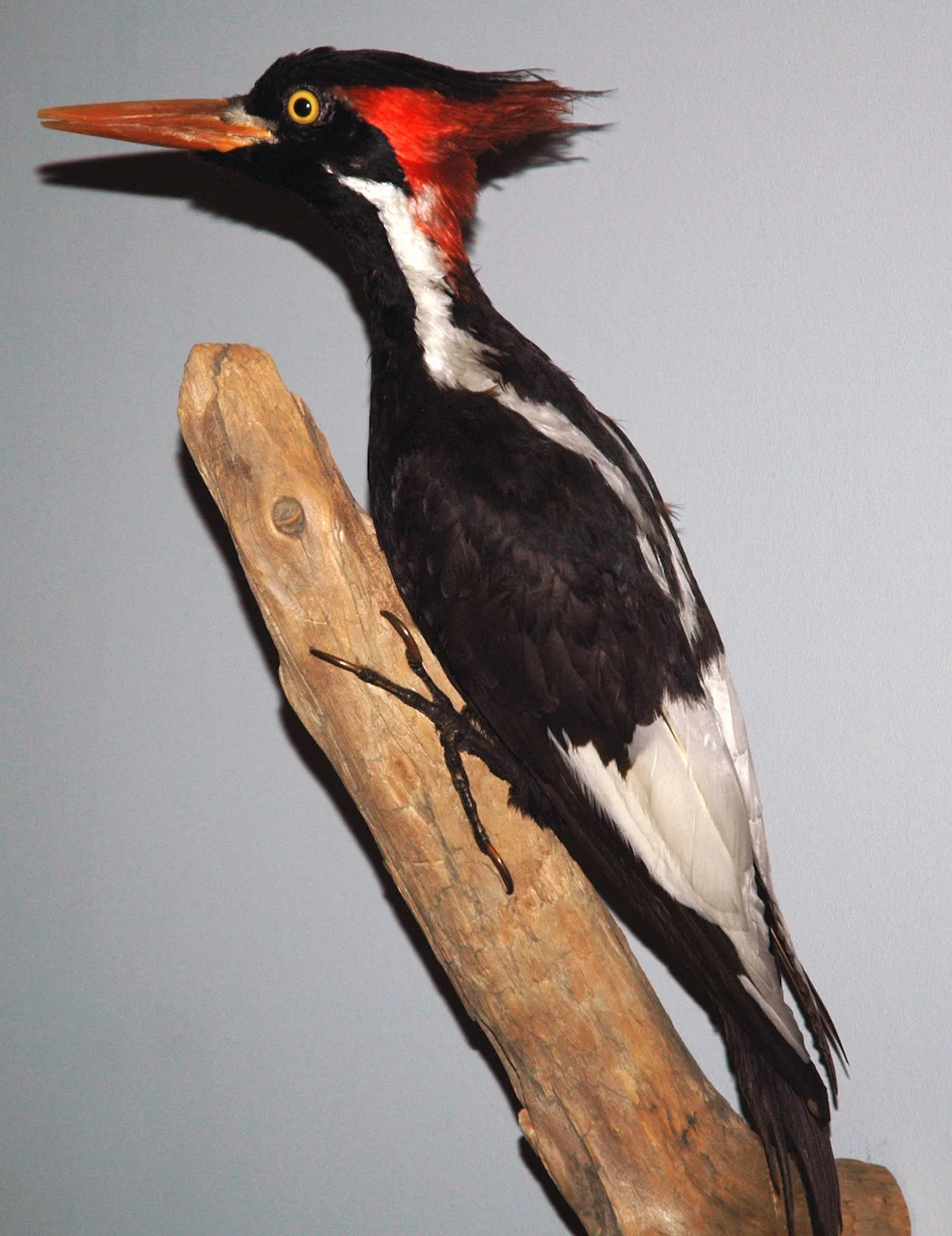
All but gone: 23 species to be delisted, declared extinct by the U.S.
The genera recommended for removal from the Endangered Species Act (ESA) include the ivory-billed woodpecker, Bachman’s warbler, two species of freshwater fishes, eight species of southeastern freshwater mussels and 11 species from Hawaii and the Pacific islands.
It's never too late is an adage that gets tossed around for different reasons, but for these 23 species on the Endangered Species Act (ESA), it appears it won't apply.
After careful monitoring and consideration, the U.S. Fish and Wildlife Service (USFWS) has recommended that 23 species on the ESA be removed because of extinction. The proposal is based on thorough reviews of the "best available science" for each species, the agency said in a news release, noting it has determined these species are extinct, so they no longer require a listing under the act.
SEE ALSO: Billions of birds vanished since 1970, here's how to curb decline
The mission of the act is to protect and recover at-risk species, and their surrounding ecosystems. For the latest species that will be removed, the majority of them were either already extinct, functionally extinct or in sharp decline at listing's timing.
The species recommended for removal include the ivory-billed woodpecker, Bachman’s warbler, two species of freshwater fishes, eight species of southeastern freshwater mussels and 11 species from Hawaii and the Pacific islands.

Ivory-billed woodpecker. (James St. John/Creative Commons. CC BY 2.0).
The USFWS says the extinctions call attention to the importance of the act and efforts to conserve species before declines become irreversible. The conditions of each one also emphasize how human activity can lead to species reduction and extinction -- whether it's from habitat loss or the introduction of invasive species and disease, for example.
For example, there has been a staggering loss of nearly 3 billion adult breeding birds since 1970. The disappearance of the genera show further action is needed to prevent additional losses.
The protections provided for these 23 species came too late, but the ESA has been triumphant at avoiding the extinction of more than 99 per cent of the species listed, the USFWS said. In total, 54 species have been delisted because of recovery, while another 56 species have seen an improvement in status from endangered to threatened.
Part of the service's plan includes co-ordinated actions that cover 60 species for possible downgrading or delisting as a result of successful recovery efforts.
As well, numerous species have evaded the ESA because of collaborations among federal agencies, states, tribes and private landowners, with the ESA serving as a "catalyst for conservation efforts" that help protect at-risk species and their habitat, the USFWS said.
“The service is actively engaged with diverse partners across the country to prevent further extinctions, recover listed species and prevent the need for federal protections in the first place,” Martha Williams, USFWS principal deputy director, said in the news release.
“The Endangered Species Act has been incredibly successful at both preventing extinctions and at inspiring the diverse partnerships needed to meet our growing 21st century conservation challenges.”
RECOMMENDED SPECIES FOR REMOVAL FROM ESA
The following species were put forward by the USFWS for their delisting from the ESA.
Bachman’s warbler
Bridled white-eye (bird)
Flat pigtoe mussel
Green-blossom pearly mussel
Ivory-billed woodpecker
Kauai akialoa (bird)
Kauai nukupuu (bird)
Kauaʻi ʻōʻō (bird)
Large Kauai thrush (bird)
Little Mariana fruit bat
Maui ākepa (bird)
Maui nukupuʻu (bird)
Molokai creeper (bird)
Phyllostegia glabra var. lanaiensis (plant)
Po`ouli (bird)
San Marcos gambusia (fish)
Scioto madtom (fish)
Southern acornshell mussel
Stirrupshell mussel
Tubercled-blossom pearly mussel
Turgid-blossom pearly mussel
Upland combshell mussel
Yellow-blossom pearly mussel
The recommendation isn't set in stone, just yet, as the general public will still be able to submit information, data, and comments to the service regarding its proposed removals until 11:59 p.m. EDT on Nov. 29.
Thumbnail courtesy of James St. John/Creative Commons. CC BY 2.0.
Follow Nathan Howes on Twitter.











